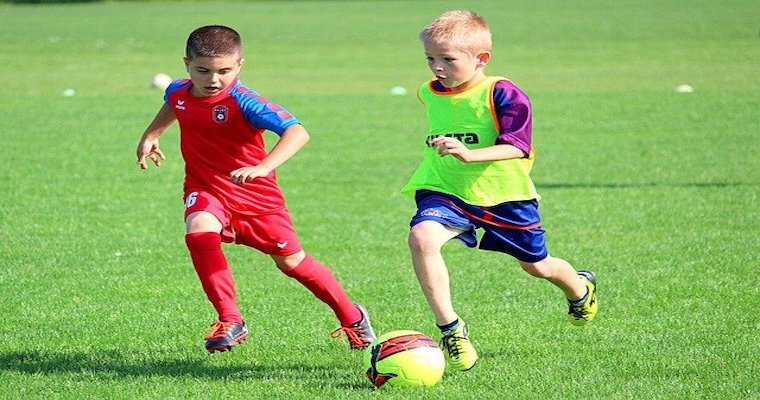
Did you ever wonder about professionals and world-class athletes that have made it to the top of the game and wonder how they got there? Did you ever think it might have something to do with the size of the population in which they grew up? There is research which suggests that the size of the city where an athlete spends their developmental years can affect the chances of attaining elite level performance. Small to medium-sized communities (about 30,000 to 1,000,000) seem to offer the best chances of success; however, size does matter here because a medium-sized city in one country might be small or large in another. In the United Kingdom, for example, populations of 10,000 to 29,999 are more likely to produce Olympic athletes with a disadvantage among larger populations between 500,000 and 999,999. We cannot forget that such analyses are not reflecting upon the many other factors that might influence excellence at the highest level such as genetics, body size, shape and its components, psychological skills, motivation, environment, support from parents, coaches, peers and pals, volume of sport-specific practice, training and specialisation.
One specific study that examined birthplace effect analysis among elite and super-elite athlete from the UK World Class Programme reported intriguing findings. With a comparison to the general UK population, the World Class Programme athletes were 2.1 times more likely to be born in a medium-sized town (50,000 – 99,999). They were more 10.5 times more likely to attend a primary school in a very small village (1999 residents) and 3 times more likely to attend secondary school in a very small village (1999 residents). What seems most critical is that the place of early development rather than the birthplace. We cannot forget the social, cultural, structural and psychological mechanisms that emerge around the child developing within his or her chosen sport.
What is this research trying to tell us? First, population size matters and perhaps more broadly, the environment, for whatever reasons, may nurture talent because of what it offers. Does this evidence matter for those people who are searching for talent and perhaps developing talent? Yes, because the population size invites people to examine what exists within the environment to support developing talent. Studies that explore the physical and social environment and those competing for places are likely to tell us how this elite and super-elite talent is developing.
When we think more broadly about these areas, we can consider facilities, coaches, peers, appropriate competition, parental support, among others. These lesser populated environments combined with facilities, appropriate competition and personnel are offering the best opportunities for one to develop. If we take a small town near a large river or lake with a rowing club, we can see the signs of a future for some athletes. A rowing boat will hold a maximum of eight people, and one young rower specialising might row in singles or doubles. Her mother who grew up in the area and rowed might support this young rower. This young rower might be the younger sister of an older sister who also rows. This young rower might also have a few close friends who row and the opportunities to row are many because of the small local population. We can draw many of these portraits. What matters now is that we explore the local environments of the elite and super-elite athletes.
Reference
Image by RoboMichalec from Pixabay
